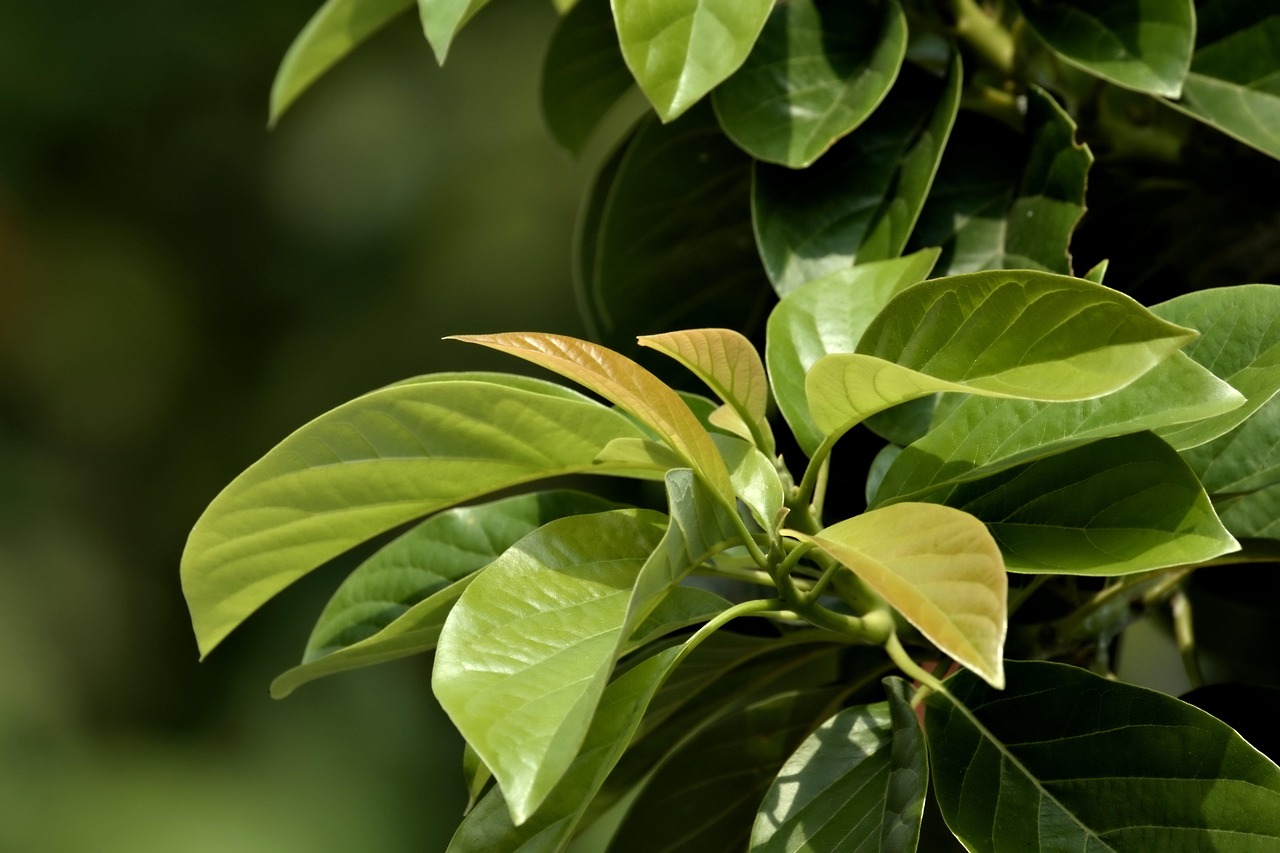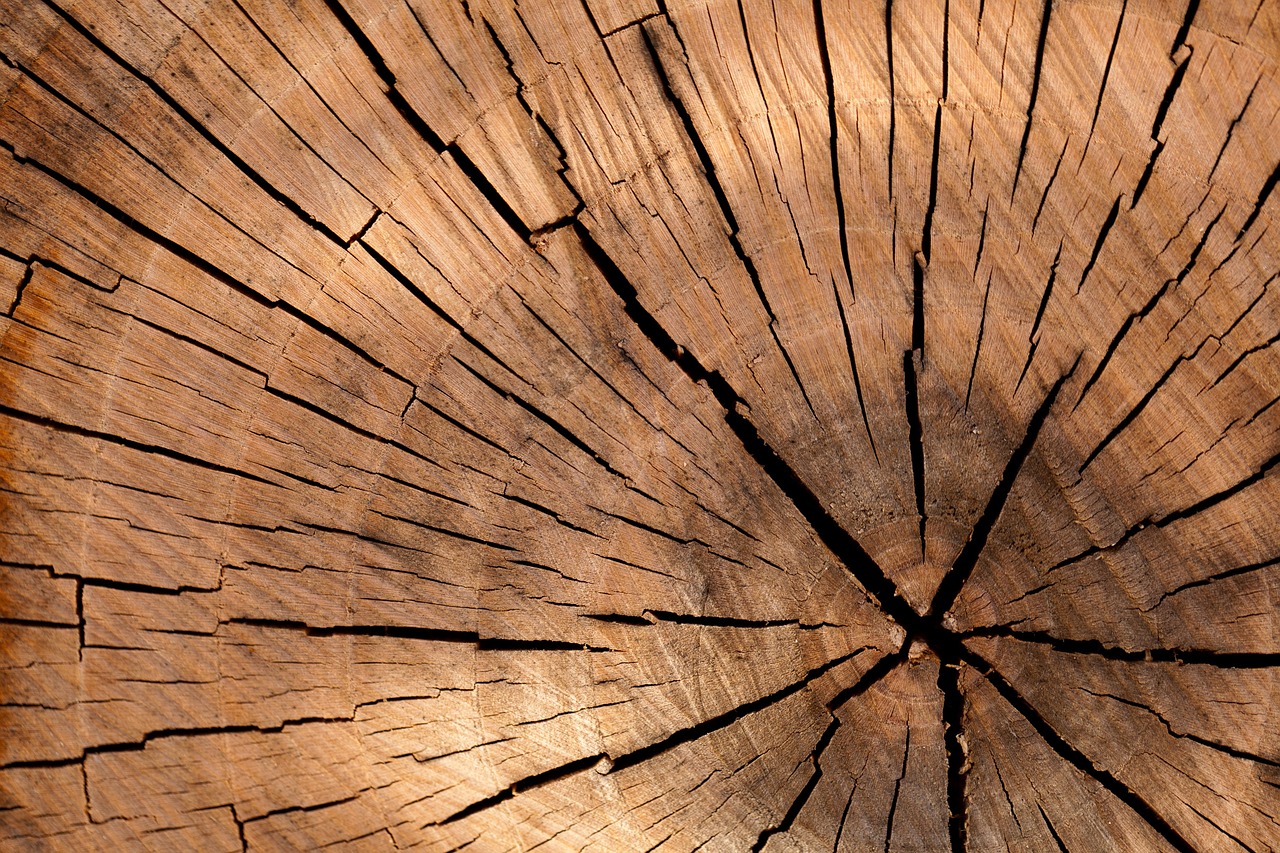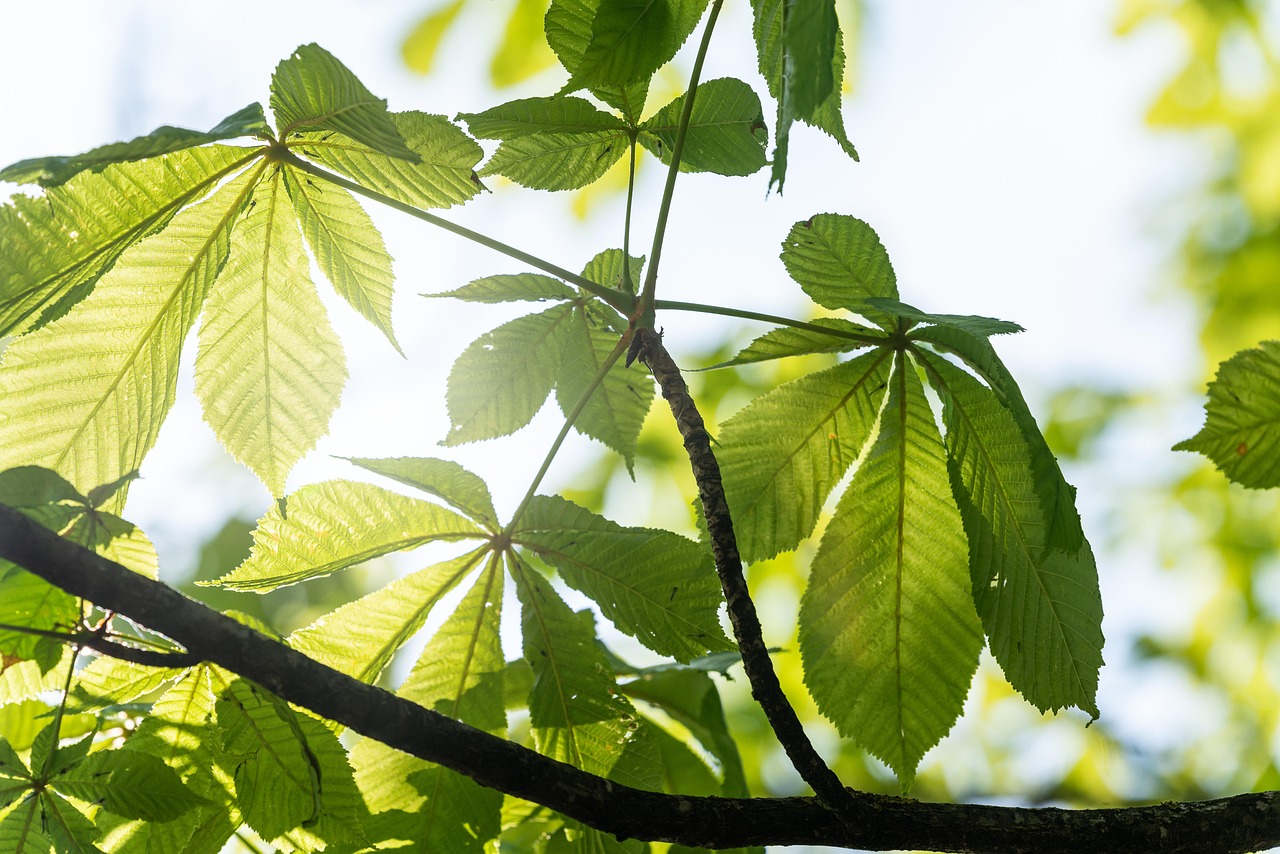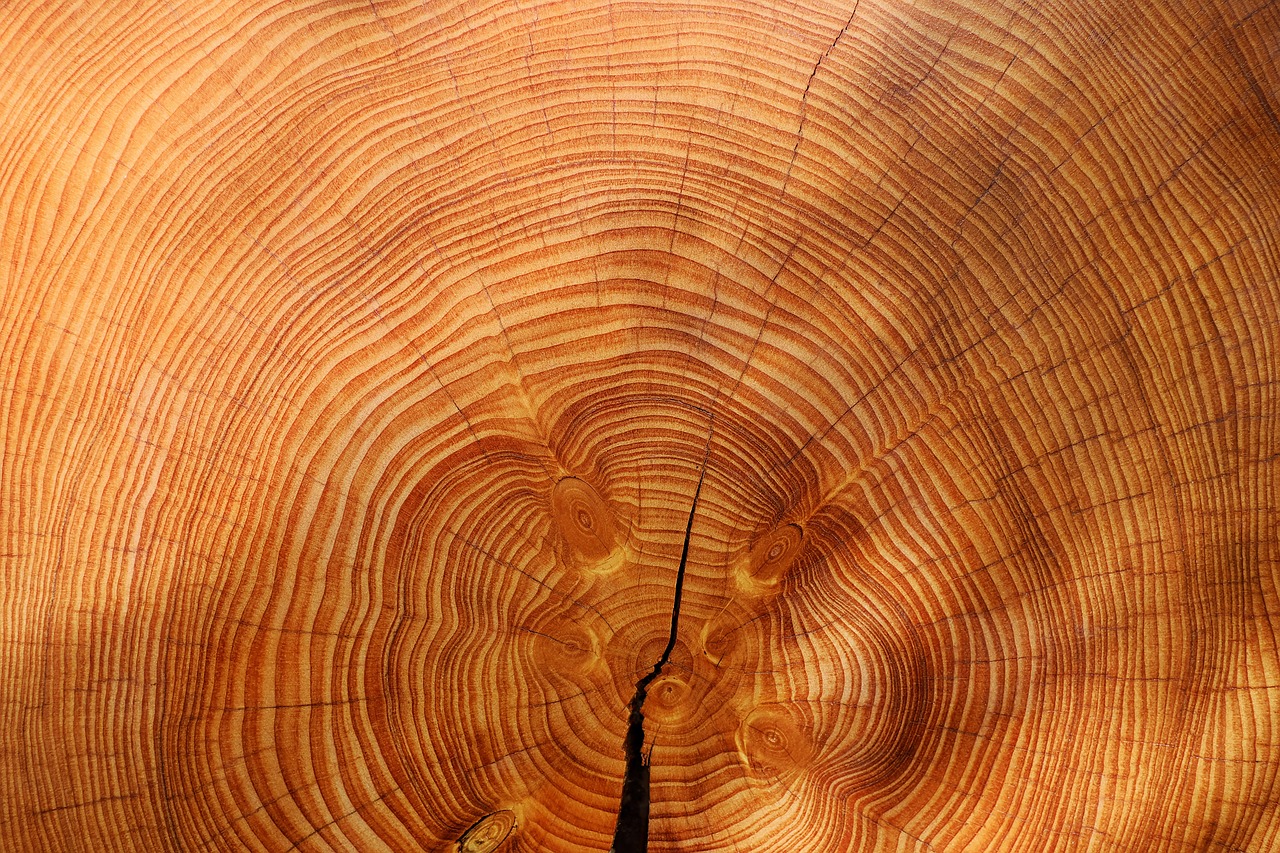In Valheim, tree growth rates vary depending on the tree type and environmental conditions. Generally, trees take several in-game days to grow from saplings to maturity. Factors such as proximity to other trees, available space, and light can influence growth. Players should strategically plant and manage forests to ensure sustainable resources throughout their gameplay.
In Valheim, tree growth rates vary depending on the tree species and environmental factors. Generally, trees take several in-game days to mature fully. Players can enhance growth rates by planting trees in optimal conditions, such as near water sources or in well-lit areas.
Understanding Tree Growth in Valheim
Valheim, a popular survival game developed by Iron Gate Studio, immerses players in a Viking-themed world filled with exploration and adventure. One of the key elements of the game is its dynamic ecosystem, which includes a variety of trees that players can interact with. Trees not only provide essential resources, such as wood and resin, but they also play a crucial role in the overall environment of the game.

Tree growth rates in Valheim are influenced by several factors. Understanding these factors can help players manage their virtual forests effectively. The growth rate is affected by the type of tree, the surrounding environment, and whether trees are planted or grow naturally. Each tree species has its own characteristics and growth patterns.
Types of Trees in Valheim
In Valheim, there are multiple types of trees, each serving different purposes. Below is a list of some common tree types found in the game:
- Hardwood Trees: Such as Oak and Birch.
- Softwood Trees: Including Pine and Fir.
- Special Trees: Like Yggdrasil, which has unique properties.
Each type of tree can be identified by its appearance and the resources it yields when cut down. For example, hardwood trees provide more durable wood, while softwood trees are easier to chop down but yield less sturdy materials.

Factors Influencing Tree Growth Rate
The growth rate of trees in Valheim is not uniform across all species. Various factors affect how quickly trees grow, including:
- Tree Species: Different species have varying growth times. For instance, pines generally grow faster than oaks.
- Soil Quality: Trees planted in nutrient-rich soil may grow quicker than those in barren areas.
- Water Availability: Proximity to water sources can enhance growth rates.
- Light Exposure: Trees placed in well-lit areas tend to thrive better than those in shaded regions.
These factors create a diverse set of conditions for players to consider when planting or managing their forests. By optimizing these variables, players can ensure a steady supply of resources over time.
Estimated Growth Times for Various Tree Types
The following table provides an overview of estimated growth times for different tree species within Valheim:

| Tree Type | Estimated Growth Time | Notes |
|---|---|---|
| Pine | 2-3 in-game days | Fastest growing softwood tree. |
| Birch | 4-5 in-game days | Common hardwood tree; good for early resources. |
| Oak | 6-7 in-game days | Slowest growing hardwood; provides strong wood. |
| Fir | 3-4 in-game days | Moderate growth; useful for building materials. |
The above estimates can vary based on environmental conditions and player interactions. It is essential for players to monitor their planted trees regularly and make adjustments to their strategies based on observed growth patterns.
The interaction with trees and their growth dynamics adds depth to the gameplay experience in Valheim. Players can create sustainable forests that not only provide resources but also contribute to the immersive atmosphere of the game world.
As players progress through Valheim, understanding tree growth becomes increasingly important. Effective management of wood resources is vital for crafting tools, building structures, and surviving in this challenging environment. By mastering tree growth rates, players can ensure they have a reliable supply of essential materials throughout their journeys.

Planting and Caring for Trees
Successfully cultivating trees in Valheim involves more than just planting seeds. Players must consider various aspects of tree planting and care to ensure healthy growth. This section outlines effective planting techniques and care strategies that can optimize tree growth in the game.
Optimal Planting Techniques
When planting trees in Valheim, players should follow certain guidelines to maximize their chances of successful growth. Here are some tips for optimal planting:
- Select the Right Location: Choose well-lit areas away from dense foliage. This can enhance growth rates.
- Spacing: Leave enough space between trees. Crowded trees may compete for resources, slowing growth.
- Soil Preparation: Clear the area of debris and rocks to improve soil quality and promote faster growth.
- Water Proximity: Plant trees near water sources whenever possible. This can positively impact their growth rates.
Following these guidelines will not only increase the likelihood of tree survival but also contribute to a healthier forest ecosystem in the game.
Understanding Tree Planting Mechanics
The mechanics behind planting trees in Valheim are straightforward but crucial for success. Players can plant seedlings by selecting them from their inventory and placing them on the ground. However, there are additional mechanics to consider:
- Seed Collection: Players can collect seeds by chopping down trees and using the appropriate tools. Different species yield different seeds.
- Planting Depth: Ensure that seedlings are placed directly on the ground. Improper placement may prevent growth.
- Growth Stages: Trees go through several growth stages. Patience is key as they mature over time.
Understanding these mechanics helps players create a sustainable source of materials, which is essential for crafting and building throughout their adventures.
The Role of Environmental Factors
The environment plays a significant role in tree growth within Valheim. Players must be aware of how weather conditions, terrain type, and surrounding flora can impact tree health and growth rates.
Weather Conditions
Weather in Valheim can vary from sunny days to storms, influencing tree growth in several ways:
- Sunlight: Trees require sunlight for photosynthesis. Extended periods of cloudy weather can slow their growth.
- Rain: Rain can positively affect tree health by providing necessary moisture. However, extreme storms may damage young trees.
- Wind: Strong winds can uproot young trees or break branches. Players should consider planting in sheltered areas.
Terrain and Soil Quality
The type of terrain where trees are planted can significantly affect their growth. Here are some considerations regarding terrain:
- Flat Ground: Trees grow best on flat terrain where roots can spread easily.
- Rocky Areas: Avoid planting in rocky areas, as the soil may be too shallow or nutrient-poor for healthy growth.
- Wetlands: While proximity to water is beneficial, overly saturated soil can hinder root development and lead to rot.
A thorough understanding of these environmental factors allows players to make informed decisions about where to plant their trees, ensuring better chances of survival and growth.
Pest Management and Tree Health
Just like in reality, trees in Valheim face threats from pests and diseases. Managing these threats is vital for maintaining a healthy forest. Here are some strategies for pest management:
- Regular Monitoring: Check your trees frequently for signs of disease or pest infestation, such as discolored leaves or stunted growth.
- Fertilization: Use natural fertilizers like compost to boost soil health, which can strengthen trees against pests.
- Diversity: Plant a mix of tree species to create a balanced ecosystem that may deter specific pests.
By employing these pest management strategies, players can protect their virtual forests and ensure sustainable growth over time.
Harvesting Trees in Valheim
Once trees have matured, players can harvest them for essential materials. Efficient harvesting is important not only for resource management but also for ensuring the sustainability of forests in Valheim. This section covers the best practices for harvesting trees while minimizing damage to the surrounding environment.
Best Practices for Harvesting
When it comes to harvesting trees in Valheim, players should keep several strategies in mind to maximize efficiency and minimize waste:
- Use the Right Tools: Utilize appropriate tools like axes that match the tree type being harvested. For example, a bronze or iron axe can cut down trees faster than a stone axe.
- Plan Your Cuts: Cut trees from the base, ensuring they fall away from other trees or structures to avoid accidental destruction.
- Harvest Responsibly: Leave some trees standing to promote regrowth and maintain the ecosystem. This practice contributes to a sustainable forest environment.
- Collect Fallen Resources: After a tree falls, collect any branches and logs immediately to avoid losing resources due to decay.
By following these practices, players can efficiently gather wood and other resources while maintaining the health of their virtual forests.
Understanding Tree Regrowth Mechanics
In Valheim, trees do not regenerate instantly after being cut down. Instead, they follow a specific regrowth mechanic that players must understand:
- Regrowth Period: After a tree is cut down, it may take several in-game days for a new seedling to appear in its place. The exact duration can vary based on the tree type and environmental conditions.
- Seedling Spawning: New tree seedlings are randomly generated in the vicinity of cut trees. Players should avoid over-harvesting in one area to allow seedlings a chance to grow.
- Environmental Impact: If too many trees are removed from an area, it can lead to a decrease in overall biodiversity and slower regrowth rates. Maintaining a balanced approach is crucial.
Understanding these mechanics allows players to manage their resources more effectively and plan for future harvesting sessions.
Using Tree Resources Wisely
The resources obtained from trees are vital for crafting, building, and survival in Valheim. Players should utilize these resources strategically to enhance their gameplay experience. Below is an overview of how to use tree resources effectively:
Main Resources from Trees
The primary resources players obtain from trees include:
- Wood: The most common resource used for crafting tools, building structures, and creating furniture.
- Fine Wood: Obtained from birch and oak trees, fine wood is essential for crafting advanced items, such as arrows and furniture.
- Resin: Collected from pine trees, resin is used for crafting torches and various other recipes.
- Saps and Bark: Some trees may yield additional materials that can be used for specialized crafting or cooking.
Crafting with Tree Resources
The resources obtained from trees can be turned into various useful items and structures. Here are some key crafting applications:
- Building Structures: Use wood to construct homes, fences, and crafting stations that provide shelter and functionality.
- Crafting Tools and Weapons: Combine wood with other materials to create essential tools like axes, hammers, and bows.
- Furniture Creation: Use fine wood to craft furniture items that enhance living spaces within player-built homes.
Utilizing tree resources wisely allows players to maximize their efficiency in crafting and building, which is crucial for survival in the game.
The Importance of Sustainable Practices
Sustainability plays a vital role in managing tree growth and harvesting in Valheim. Players should adopt practices that support the long-term health of their forests. This section highlights why sustainable practices are essential.
Benefits of Sustainable Forestry
Sustainable forestry in Valheim offers several benefits that contribute to overall gameplay experience:
- Resource Availability: Sustainable practices ensure a continuous supply of wood and other materials, reducing the need for constant exploration.
- Biodiversity Support: Maintaining a variety of tree species promotes a balanced ecosystem that can attract wildlife and enhance the game environment.
- Improved Aesthetics: A well-managed forest looks visually appealing, adding to the immersive experience of Valheim.
By embracing sustainability, players can create thriving environments that enhance their adventures while protecting the virtual world they inhabit.
Advanced Tree Management Strategies
As players progress in Valheim, they may encounter various challenges related to tree growth and forest management. Adopting advanced strategies can further enhance the sustainability and efficiency of tree management. Here are some additional techniques to consider:
Creating Mixed-Use Forests
Establishing mixed-use forests involves planting a variety of tree species and incorporating other plants and resources. This practice can create a more resilient ecosystem. Here are the benefits of mixed-use forests:
- Resource Diversity: By planting different tree species, players can ensure access to various types of wood and resources.
- Pest Resistance: A diverse forest can reduce the likelihood of pest infestations, as different species may attract different insects.
- Enhanced Wildlife Habitats: A mixed environment supports a wider array of wildlife, enriching the overall experience in the game.
Implementing Rotation Systems
Rotation systems involve periodically harvesting trees from a specific area while allowing others to grow. This strategy has several advantages:
- Preventing Over-Harvesting: Rotating harvesting locations allows for continuous resource availability without depleting any single area.
- Encouraging Growth: Leaving some trees standing allows them to mature, promoting a thriving forest.
- Improving Soil Health: Allowing areas to rest can help improve soil quality over time, benefiting future plantings.
Implementing rotation systems can significantly enhance resource management and sustainability within the game.
Community and Collaboration in Tree Management
Valheim encourages players to work together, and this collaborative aspect can extend to tree management. Engaging with other players can lead to more efficient and sustainable practices. Here are some ways to collaborate:
- Sharing Resources: Players can trade or share wood and other materials, ensuring that everyone has what they need for crafting and building.
- Cooperative Planting: Working together to plant trees can lead to improved forest management. Players can ensure proper spacing and diversity.
- Organized Harvesting Events: Players can schedule harvesting days where everyone contributes, leading to efficient resource gathering while maintaining sustainability.
Collaboration not only enhances gameplay but also fosters a strong sense of community among players, making the experience more enjoyable.
Final Thoughts
The management of tree growth in Valheim is a crucial aspect of gameplay that significantly impacts resource availability and environmental health. Understanding tree species, growth rates, and environmental factors equips players with the knowledge necessary to optimize their virtual forests. By adopting sustainable practices, such as responsible harvesting, mixed-use forests, and community collaboration, players can create thriving ecosystems that support their adventures.
Sustainable forestry practices not only ensure a consistent supply of resources but also contribute to the overall aesthetic and immersive experience of Valheim. As players work toward mastering tree growth rates and forest management, they will find that these strategies enhance their gameplay experience while also preserving the beauty and integrity of the virtual world.
In conclusion, players who embrace these principles will not only succeed in their quests but also foster a vibrant and sustainable environment that enriches their Valheim experience. Happy exploring!
